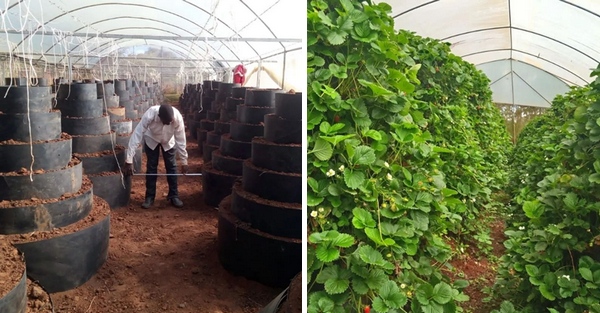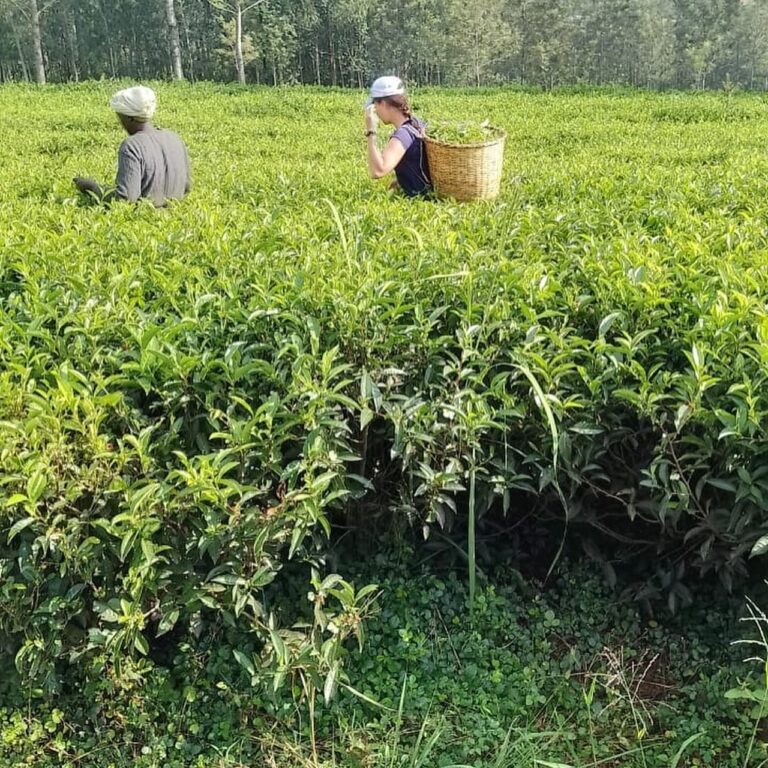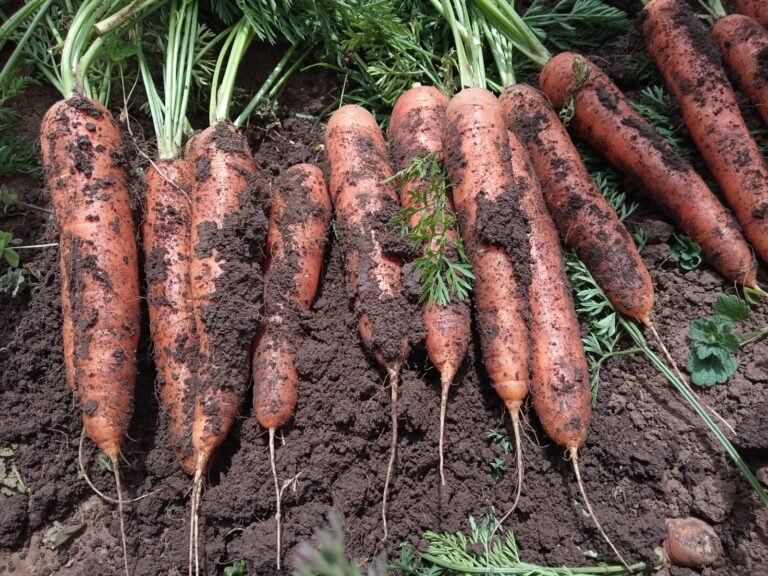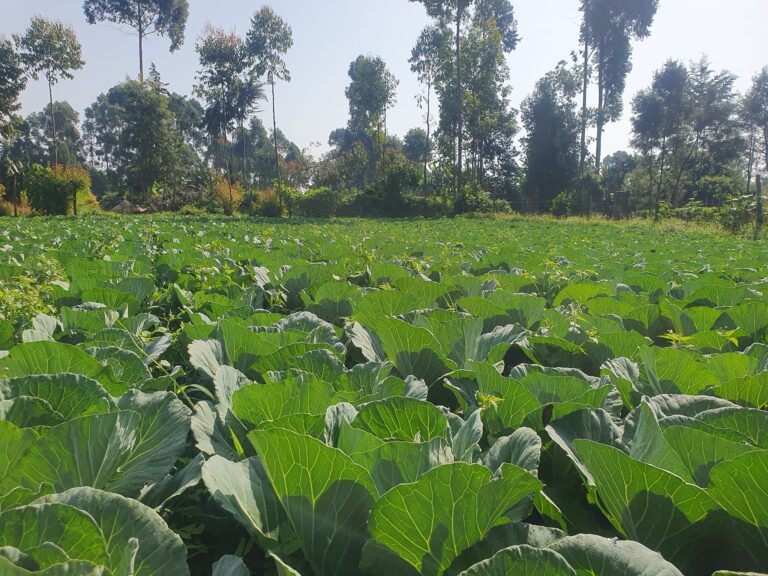Vertical Strawberry Farming In Kenya;
Vertical strawberry farming in Kenya is gaining traction as a method to maximize space and increase yield. Here’s an overview of its profitability and potential benefits.
Profitability of Vertical Strawberry Farming
Vertical strawberry farming can be highly profitable due to several factors:
- Higher Yields: Vertical farming can yield up to 40 kilograms per square meter annually. This means that a small footprint can produce significant amounts of strawberries throughout the year.
- Consistent Production: Unlike traditional farming, vertical systems can provide consistent output, allowing farmers to sell strawberries year-round, which stabilizes income.
- Market Demand: There is a high demand for strawberries in urban areas, and vertical farming can help meet this demand efficiently by reducing transportation time from farm to market.
- Cost Efficiency: Although the initial setup cost for vertical farming can be high, the reduced land usage, labor costs, and water efficiency can lead to lower operational costs over time.
How Profitable Is Vertical Strawberry Farming In Kenya
Yield Potential
In a well-managed vertical farming system, farmers can expect:
- Production of approximately 40 kg per square meter per year, which can translate to substantial profits depending on market prices.
- For example, if strawberries are sold at KSh 200 per kg, a vertical farm with a footprint of 100 square meters could generate up to KSh 800,000 annually.
Advantages of Vertical Farming
- Space Optimization: Vertical farming allows for more plants in a smaller area, making it ideal for urban settings where land is limited.
- Reduced Pest and Disease Pressure: The controlled environment can lead to fewer pests and diseases, reducing the need for pesticides.
- Water Efficiency: Vertical farms often use hydroponic systems, which can significantly reduce water usage compared to traditional farming.
- Quality Control: Vertical farming can produce cleaner, pesticide-free strawberries, appealing to health-conscious consumers.
- Automation Potential: Many vertical farming systems are automated, reducing labor costs and improving efficiency.
Vertical Strawberry Farming
Did you know that vertical farming can yield up to 10 times more produce per square meter compared to traditional farming methods? This revolutionary approach is transforming agriculture globally, and Kenya is no exception.
Vertical farming is an innovative agricultural method where crops are cultivated in vertically stacked layers, often integrated into buildings or purpose-built structures.
This farming technique is gaining immense popularity due to its ability to produce high yields in limited spaces with reduced resource usage. In Kenya, where arable land is limited and water resources are precious, vertical farming is emerging as a promising solution.
Vertical Farming In Kenya
Definition and Concept
Vertical farming refers to the practice of growing crops in vertically stacked layers, utilizing controlled environments to optimize plant growth. Unlike traditional farming, which relies on expansive horizontal fields, vertical farming maximizes space efficiency by using vertical surfaces in urban or indoor settings.
This method often employs advanced technologies to create ideal growing conditions, including temperature, humidity, and light control.
Technologies Used
Several cutting-edge technologies are integral to vertical farming:
- Hydroponics: This soil-less growing method uses nutrient-rich water solutions to nourish plants. It enables precise control over nutrient delivery and reduces water usage significantly.
- Aeroponics: In this method, plant roots are suspended in the air and misted with nutrient solutions. Aeroponics promotes rapid growth and efficient resource use.
- Controlled Environment Agriculture (CEA): CEA involves using sensors, climate control systems, and artificial lighting to create optimal growing conditions year-round, regardless of external weather conditions.
Why Choose Strawberries?
Growing Conditions
Strawberries are particularly well-suited to vertical farming for several reasons:
- They thrive in controlled environments where temperature, humidity, and light can be precisely managed.
- Strawberries have a relatively short growing cycle, allowing for multiple harvests throughout the year.
- Their compact size and shallow root systems make them ideal for vertical growing systems.
Market Demand
The demand for strawberries in Kenya and neighboring regions is steadily increasing. Strawberries are popular for their sweet taste, nutritional benefits, and versatility in various culinary applications.
With a growing middle class and rising health consciousness, the market for fresh and locally-produced strawberries is expanding, presenting a lucrative opportunity for farmers.
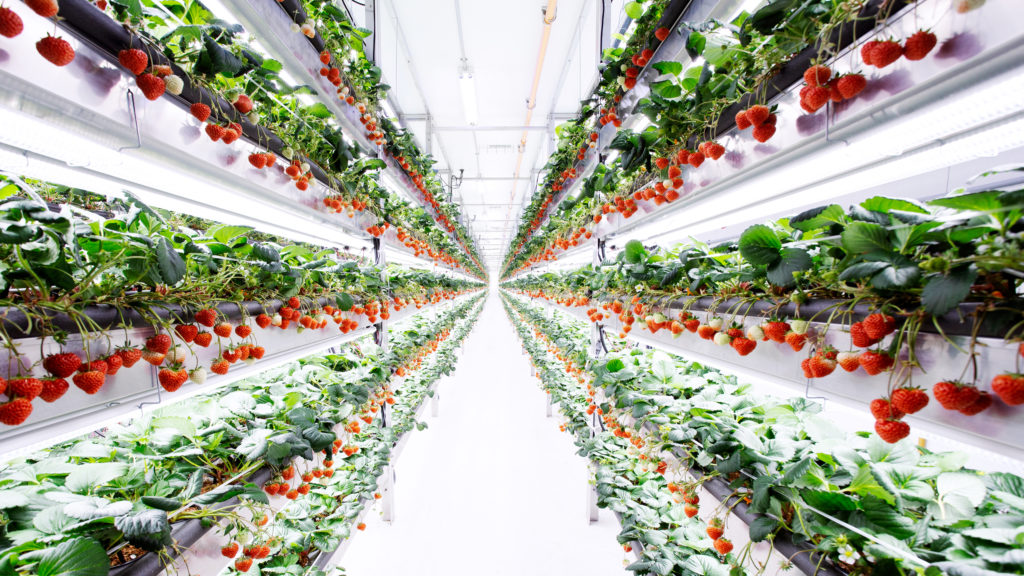
Setting Up a Vertical Strawberry Farm
Initial Investment Costs
Setting up a vertical strawberry farm requires an initial investment in infrastructure, technology, and materials. Key components include:
- Growing Systems: Vertical racks or towers designed for efficient space utilization.
- Hydroponic/Aeroponic Systems: Equipment for nutrient delivery and water management.
- Lighting: LED grow lights to provide the necessary light spectrum for photosynthesis.
- Climate Control: Sensors and systems to regulate temperature, humidity, and ventilation.
- Seedlings: High-quality strawberry seedlings or runners to establish the initial crop.
Space Requirements
Vertical farming drastically reduces the space needed compared to traditional farming. While a conventional strawberry farm may require acres of land, a vertical farm can be set up in a fraction of that space.
For instance, a 100 square meter indoor space can be transformed into an efficient vertical farm, producing yields equivalent to a much larger horizontal plot.
Labor Considerations
Labor requirements for vertical strawberry farming are generally lower than traditional farming methods. The controlled environment reduces the need for manual labor associated with weeding, pest control, and irrigation.
However, skilled labor is essential for managing the technology, monitoring plant health, and ensuring optimal growing conditions. Training and ongoing education in vertical farming techniques are crucial for success.
Benefits of Vertical Strawberry Farming
Increased Yield
One of the most significant advantages of vertical strawberry farming is the potential for increased yields. By utilizing vertical space, farmers can grow more plants per square meter. This intensified cultivation method can result in yields up to 10 times higher than traditional farming. Additionally, vertical farming allows for year-round production, ensuring a continuous supply of fresh strawberries.
Water Efficiency
Vertical farming is highly efficient in water usage. Hydroponic and aeroponic systems recycle water, significantly reducing water consumption compared to conventional farming. This is particularly beneficial in Kenya, where water scarcity is a pressing issue.
The closed-loop systems used in vertical farming minimize water waste and ensure that plants receive the necessary nutrients without overuse.
Reduced Pest Problems
The controlled environment in vertical farming drastically reduces the risk of pest infestations. By isolating the crops from external elements, farmers can maintain a pest-free environment, reducing the need for chemical pesticides.
This not only ensures healthier produce but also lowers production costs and lessens the environmental impact.
Profitability Analysis
Revenue Streams
Vertical strawberry farming offers multiple revenue streams. Beyond selling fresh strawberries, farmers can explore value-added products such as:
- Strawberry Jam: A popular product with a longer shelf life.
- Strawberry Juice: Fresh or bottled juice for health-conscious consumers.
- Dried Strawberries: A nutritious snack option.
Return on Investment (ROI)
Several Kenyan farmers have reported impressive ROI from vertical strawberry farming. For example, a farmer in Nairobi who invested KES 500,000 in a vertical farming setup saw a 200% return within the first year.
With consistent yields and high market demand, the profitability of vertical strawberry farming is promising.
Profit Margins
Expected profit margins for vertical strawberry farming can be substantial. While initial setup costs may be high, the ongoing operational expenses are relatively low due to reduced water usage, minimal pesticide requirements, and efficient labor.
Farmers can expect profit margins ranging from 30% to 50% depending on market conditions, product quality, and effective management practices.
